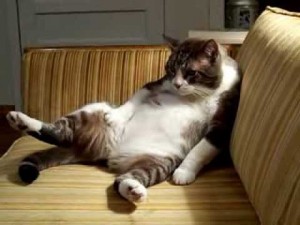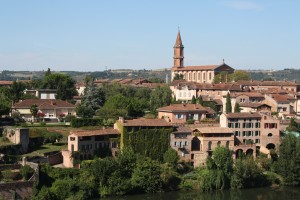For most travelers to California who are seeking wine tasting adventures, the most obvious destinations are Napa Valley and Sonoma County, which we have dubbed Napa/Noma. More than 90% of the wineries we have visited in that state have been in those locations. And why not? The wine is world-renowned; the scenery is ravishing; and they are close to San Francisco, a frequent business destination. However, there are other areas of the state that produce wine, some of it of excellent quality.
In this and subsequent issues, we will use the Places to Visit column to introduce some of these grape-growing areas. In a previous edition, we did highlight the Temecula Valley near San Diego which, in our opinion, has more to offer as a pleasant day in the vineyards than an occasion to sample great wines. In this and future issues of Power Tasting, we’ll discuss Amador County, Santa Clara Valley, Paso Robles, Santa Maria County and Santa Barbara County. It will be an irregular series, because we still want to write about other locations in Wine Country.
Here are a few things to consider if you want to visit the “Other California”:
- Be prepared to drive. Most of us don’t live near to any of these destinations and most visitors don’t often visit far from the major urban areas. And even if you do live near one of them, you’re pretty far from all the others. All the normal rules of safe wine tasting apply: Know your limit and don’t even get close to it. Sip, don’t drink and use the pour bucket. Put some food in your stomach. Space out your winery visits. These points cannot be stressed enough.
- Do some homework before you go. It’s likely that many, if not most of the wineries in any given area are unknown to you. So get on your favorite search engine and look for “best wineries” in the area you’ll be visiting. This is no guarantee as some sites contain nothing but self-promotion. But if you see an article in one of the local newspapers, there’s a higher likelihood of getting some unbiased information.
- Don’t expect too much. There’s a reason why Napa Valley and Sonoma County are so well known: many wineries there make a lot of really excellent wine. You can find some excellent wine in other areas as well, just not in the same profusion. In any Napa AVA, you’ll find many superlative wineries, a few that are okay but not great and very few, if any, that are awful. In some of the other areas of the state, there may be a few great ones, a lot of okay ones and quite a few really poor ones.
- Keep an open mind. Even if you’re not crazy about too many wines you taste, you still can have a pleasant day in a region that may be new to you. At any given winery, you may have to sip and pour quite a few samples until you find a particular wine that appeals to you. Think of it this way: you might discover an unknown gem amongst the dross. It’s worth it to keep searching.
- Focus on what that region does best. Every region has a reputation for certain grapes. For example, Amador County is known for Zinfandel and Santa Barbara is famous for its Pinot Noirs. So go ahead and sip a Merlot or a Sauvignon Blanc, but keep your taste buds alert save your alcohol content for what they do best.
Perhaps the best way to summarize our advice concerning the Other California is to approach each region with a sense of adventure. The worst that can happen is you’ll be able to avoid certain wine regions on restaurants lists. The best might be the thrill of an unexpected discovery.





